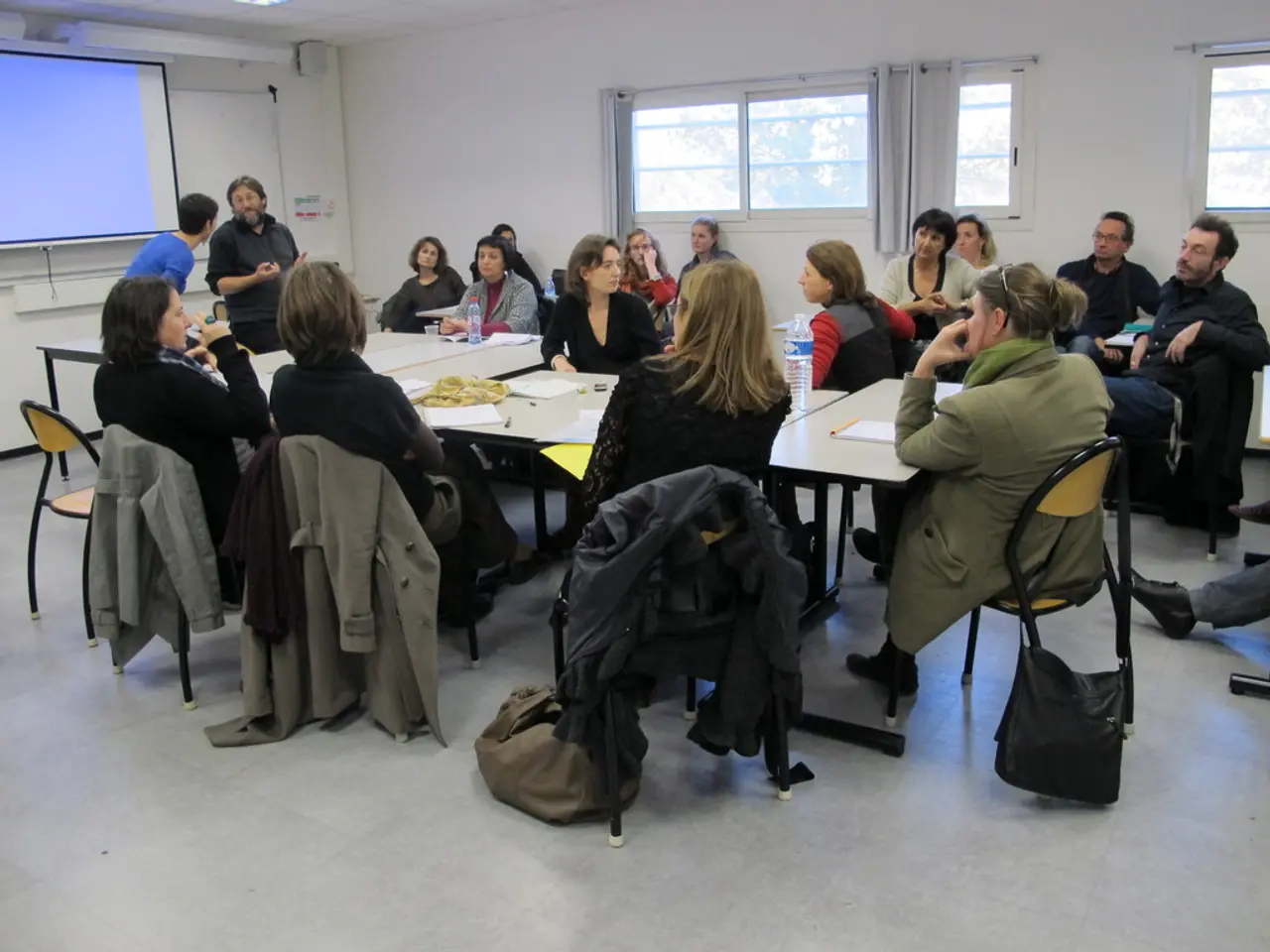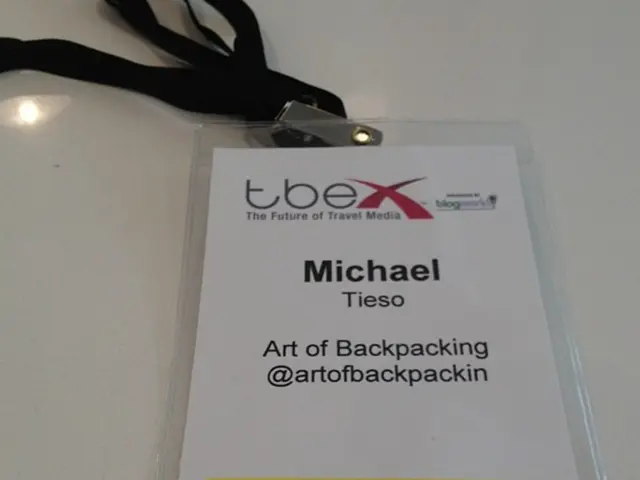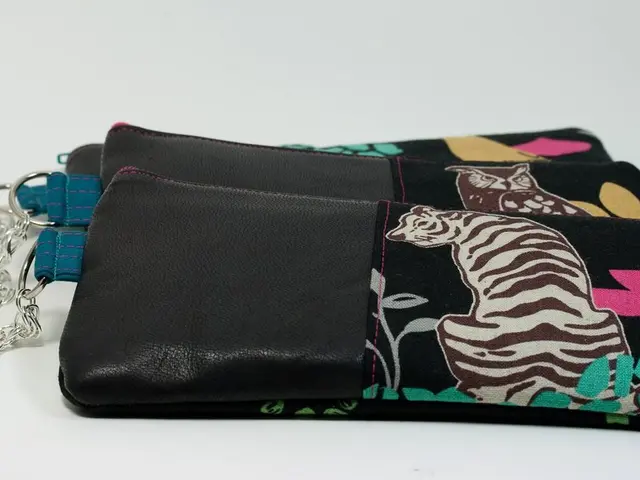Enhancing User Experiences: Insights on Inclusivity within WordPress Platform
In a thought-provoking talk titled "Over the Rainbow: Talking about Inclusivity for the LGBTQIA+ Community in WordPress," speaker Kirsty Burgoyne encouraged the audience to keep the conversation going about making the WordPress community more inclusive for all.
Burgoyne, who identifies as queer, neurodivergent, and uses they/them pronouns, emphasized that inclusivity should not just be a surface-level representation, but a deep-rooted commitment that is embedded in the bones of the community. They encouraged the audience to keep talking, listening, and keeping the door open for a more inclusive web where more people are allowed to ask better questions.
Burgoyne did not provide a neat ending or a list of action items, instead posing a question: how can we keep making room? They emphasized that inclusivity is not a one-off checklist but an ongoing practice. Communities can normalize inclusive language, such as routinely asking and respecting preferred names and pronouns without hesitation, and avoiding heteronormative assumptions in social activities and internal communications. This creates environments where LGBTQIA+ people feel safe to be their authentic selves year-round.
Inclusive communities rely on many people doing small but consistent actions. Burgoyne highlighted the importance of everyday allies doing the work of listening, learning, and showing up, not leaving the effort to a few “heroes.” This cultivates belonging and visibility for queer voices.
Burgoyne also encouraged communities to make space for LGBTQIA+ voices and stories by encouraging more talks, discussions, and platforms for LGBTQIA+ members to share their experiences. Honest conversations that include the difficult realities without judgment foster empathy and deeper understanding.
In addition, WordPress communities can collaborate with LGBTQIA+ charities and grassroots organizations by lending technical expertise, such as building accessible websites, improving digital campaigns, or optimizing donation tools. This practical support benefits queer organizations directly and shows a long-term commitment beyond token gestures.
Burgoyne emphasized that building a better WordPress starts with building a better welcome, which could involve more communication in various forms like DMs, documentation, and details often overlooked. They invited the audience to keep making room for softness, slowness, and stories that don't fit neatly into traditional formats.
In conclusion, implementing these approaches helps WordPress communities move beyond surface-level representation to create meaningful, lasting inclusivity that empowers LGBTQIA+ members and enriches the community as a whole. Burgoyne highlighted that real inclusivity is messy, ongoing, and a series of tiny course corrections, emphasizing the importance of building tools that feel welcoming, not restrictive, and design spaces that shift to accommodate newcomers.
[1] Smith, A. (2021). "How to Make Your WordPress Website More Inclusive for the LGBTQIA+ Community." WP Beginner.
[2] Johnson, K. (2021). "Inclusive WordPress: A Guide for Building a More Diverse Community." WordCamp Central.
[3] Williams, L. (2021). "The Importance of LGBTQIA+ Representation in WordPress." WP Tavern.
[4] Wilson, J. (2021). "WordPress Communities Partner with LGBTQIA+ Organizations for Greater Impact." WP Engine.
- As Kirsty Burgoyne emphasizes, inclusivity in WordPress should be more than just surface-level representation; it should be a deep-rooted commitment.
- Burgoyne encourages ongoing conversations about inclusivity for the LGBTQIA+ community, hoping to make the WordPress community more welcoming for all.
- By routinely asking and respecting preferred names and pronouns, communities can normalize inclusive language.
- Avoiding heteronormative assumptions in social activities and internal communications creates safer environments for LGBTQIA+ individuals.
- Everyday allies should undertake the work of listening, learning, and showing up, not leaving the effort to a few individuals.
- Encouraging more talks, discussions, and platforms for LGBTQIA+ members to share their experiences fosters empathy and deeper understanding.
- WordPress communities can collaborate with LGBTQIA+ charities and organizations, lending technical expertise to build accessible websites, improve digital campaigns, and optimize donation tools.
- Building a better WordPress starts with building a better welcome, which involves clearer communication and attention to often-overlooked details.
- Smith's article discusses ways to make WordPress websites more inclusive for the LGBTQIA+ community (Smith, 2021).
- Johnson's guide provides strategies for building a more diverse WordPress community (Johnson, 2021).
- Williams discusses the importance of LGBTQIA+ representation in WordPress (Williams, 2021).
- Wilson reports on WordPress communities partnering with LGBTQIA+ organizations for greater impact (Wilson, 2021).
- Fashion and beauty blogs can showcase diverse models and feature LGBTQIA+ individuals, promoting greater inclusion in the industry.
- Education and self-development books should strive to include representation of diverse perspectives, including the LGBTQIA+ community.
- Personal growth and mindfulness resources should offer content sensitive to the unique challenges faced by LGBTQIA+ individuals.
- Social media platforms can implement policies that protect LGBTQIA+ users, preventing hate speech and fostering more positive online experiences.
- In policy and legislation debates, lawmakers should consider the impact on LGBTQIA+ communities and advocate for equitable policies.
- Car accidents, fires, and other emergencies can disproportionately affect LGBTQIA+ individuals who may face additional challenges accessing resources and support.
- Politics should prioritize issues important to the LGBTQIA+ community, such as equal rights and protections.
- Online education platforms can offer courses focused on LGBTQIA+ topics, providing valuable learning opportunities.
- Job search websites can include non-binary options for gender identification, making the job-seeking process more inclusive.
- Pop culture should embrace LGBTQIA+ characters, stories, and narratives, allowing for more representation and visibility.
- Sci-fi and fantasy books can challenge societal norms and imagery, promoting greater representation for LGBTQIA+ characters.
- General news outlets should aim for balanced reporting, ensuring fair representation of LGBTQIA+ issues and individuals.
- Crime and justice systems should strive for equity, offering fair protection to LGBTQIA+ victims of crimes.
- Learning should be a lifelong pursuit, with ongoing effort devoted to skill-training, goal-setting, and lifelong learning.
- Sports leagues like football, soccer, basketball, baseball, hockey, golf, tennis, basketball, NBA, Masters, Grand Prix, horse racing, and many others can promote equality and inclusivity for athletes of all orientations and identities.
- Weather Forecasting platforms can be more inclusive by considering the unique needs and safety concerns of LGBTQIA+ individuals during natural disasters and extreme weather events.




